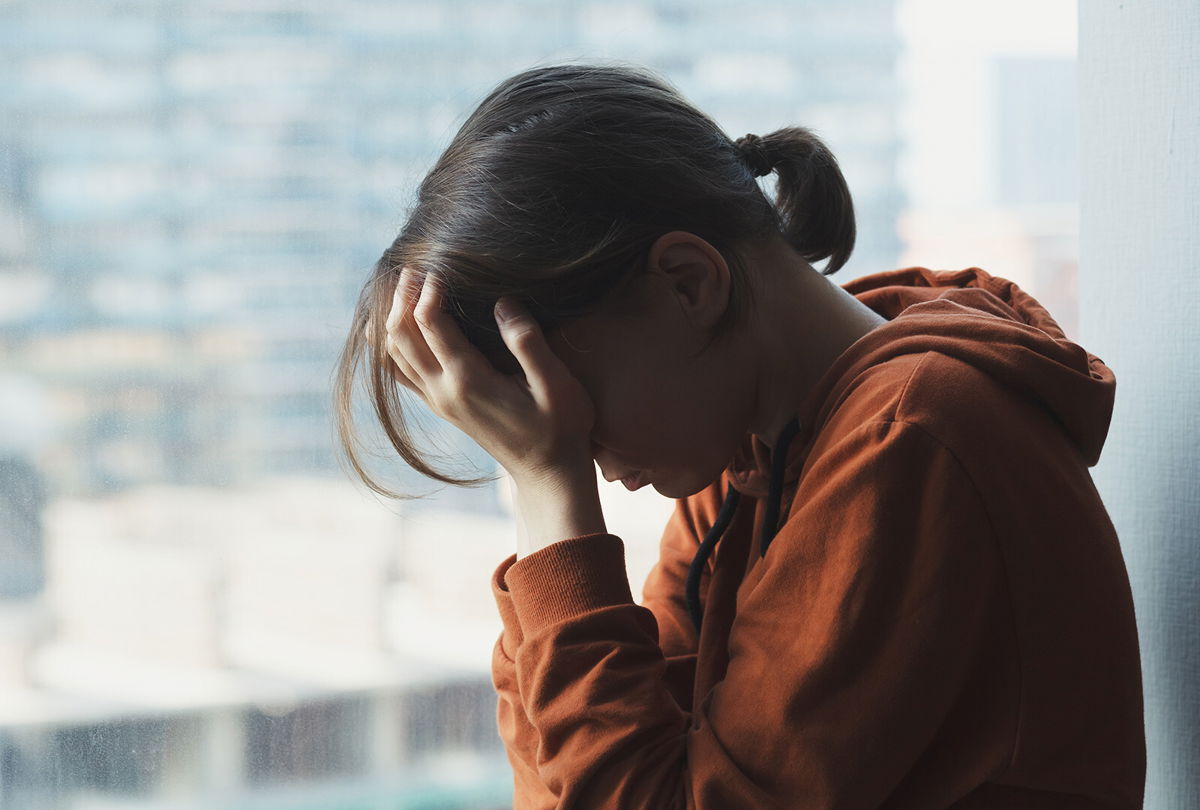Chronic diseases are more likely to develop in these groups of people with anxiety and depression

By Megan Marples, CNN
Women of all ages and younger men with certain mood disorders are more likely to develop certain chronic illnesses, according to new research.
Researchers of a retrospective study published in the journal JAMA Network Open analyzed health data of 40,360 adults from Olmsted County in Minnesota, from the Rochester Epidemiology Project medical records-linkage system. This database collects ongoing medical information from people living in Olmsted County.
The research team split the adults into three age groups by sex: 20, 40 and 60 years old. Each participant was sorted based on whether they celebrated those milestone birthdays between 2005 and 2014. The study also included a follow-up on December 31, 2017.
The participants were further divided into four groups: those with anxiety; depression; anxiety and depression; or neither anxiety nor depression.
Women in all three age groups and men in their 20s who had either depression or anxiety and depression were at a significantly higher risk of developing a chronic condition, compared with participants without anxiety or depression.
Some of the 15 chronic conditions observed in the study included hypertension, asthma, chronic obstructive pulmonary disease (COPD) and most cancers.
“We tend to think of young people as vital, fit and healthy. We also tend to think that chronic medical conditions only affect older people. Sadly, for people who experience mental illness, the reality can look quite different,” said Jasmin Wertz, a lecturer of psychology at the School of Philosophy, Psychology and Language Sciences at The University of Edinburgh in the United Kingdom, who was not involved in the study.
Of all the women in the study, women in their 20s were most likely to develop chronic illnesses if they had both anxiety and depression, with an over 61% increase in risk compared with participants without either mental disorder. Women in their 60s were least likely if they had anxiety alone, with an over 5% increase in risk compared with participants with neither anxiety nor depression.
Of the men in the study, those with anxiety and depression in the age 20 group were most likely to develop a chronic condition, with a nearly 72% risk increase compared with the control group, and men with anxiety in the age 60 group were least likely with an over 8% decrease in risk.
Possible explanations for the disparities
Researchers were not able to determine why women were more likely to be affected than men, but there are some possible hypotheses, said study author Dr. William Bobo, professor of psychiatry, and chair and consultant of the department of psychiatry and psychology at the Mayo Clinic in Jacksonville, Florida.
“There are sex differences in the frequency of diagnosed anxiety and depressive disorders and that may have played a role,” he said.
Women are more likely to be diagnosed with generalized anxiety disorder than men and more than twice as likely to be diagnosed with depression, according to the Mayo Clinic.
Hormonal, biological and psychological factors may also play a role, Bobo added.
Participants with anxiety and depression were also affected by multiple chronic conditions, not just one or two, Wertz said.
More people could be affected
The study did not include chronic illnesses people already had when they entered the study, and rather analyzed the data gathered at each milestone, said Kyle Bourassa, an advanced fellow in the Geriatrics Research, Education and Clinical Center at the Durham VA Health Care System in North Carolina. He was not involved in the study.
Someone who is in the 60-year-old age group may have had anxiety and/or depression for most of their life and already developed chronic diseases by age 60 because of it, he explained.
“This was a good decision to make to be conservative with the estimates in the study but may also result in underestimating the effect among the older adults studied here,” Bourassa said.
Over 86% of the participants were White, which is another limiting factor, according to Wertz.
There are large racial and ethnic disparities in mental and physical health because people who come from those minority backgrounds often lack access to quality health care, she said.
This means people with racial and ethnic minority backgrounds may have a greater association between anxiety and depression, which could translate to a higher risk of developing chronic conditions than reported, Wertz explained.
How to lower your risk
There are behavioral and pharmacological treatments for anxiety and depression, which have been shown to improve a patient’s well-being, Bourassa said.
The discoveries made from this study suggest that those treatments could also then improve physical health, especially when people are younger, he said.
Including enough physical activity, mindful meditation and sleep in your daily routine has also been shown to decrease anxiety and depression, according to Bourassa.
In addition to those activities, avoiding smoking and heavy drinking can help lower the risk of developing a chronic condition, he said.
If you feel you may have anxiety or depression, you should speak with your physician or therapist to create a treatment plan, Wertz said. The National Alliance on Mental Health has a helpline as well, she added.
The-CNN-Wire
™ & © 2022 Cable News Network, Inc., a WarnerMedia Company. All rights reserved.